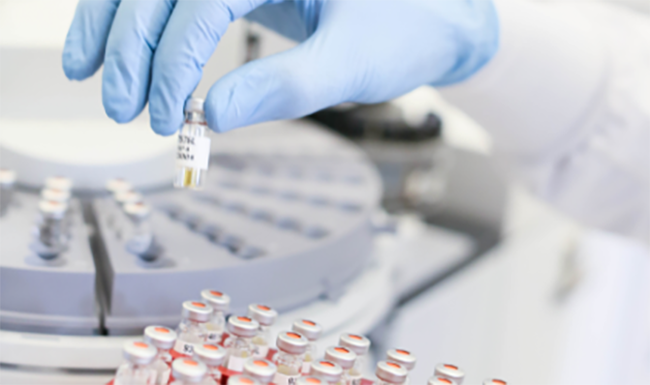
Industry expert, Dr. Barry Sample, Director of Science and Technology, Quest Diagnostics, is responsible for gathering, publishing and interpreting the trends for the Quest Diagnostics Drug Testing Index™ (DTI) data. The DTI is arguably the industry’s longest standing, most frequently relied upon resource for drug use patterns within the American workforce. In a recent webinar, Dr. Sample reviewed key findings by workforce type, testing reason, drug category and specimen type.
One of the most notable data points is the increase in annual positivity for the combined U.S. workforce, up 5.7% in 2013 as compared with 2012. “It may seem like a modest increase from an overall positivity rate of 3.5% to 3.7%, yet we view that as being significant because it’s the first time that we’ve seen an increase since 2003,” said Dr. Sample. The National Survey of Drug Use and Health (NSDUH) survey data further reinforces the findings with a higher percentage of people self-reporting past-month illicit drug use.
Below are some additional insights from the presentation:
- Higher overall positivity is driven by two illicit drugs. First, marijuana positivity is up among federally-mandated, safety-sensitive (6.3%) and general U.S. workforce (5.0%) testing populations. Second, amphetamines positivity is also up among federally-mandated, safety-sensitive (6.3%) and general U.S. workforce (11.5%) testing populations.
- Positivity for methamphetamine is up across all drug test types with a 27% increase reported in urine drug testing. Although methamphetamine is available by prescription, it is typically not prescribed. As such, most positives are associated with illicit use.
- DTI data showed oral fluid positivity for marijuana has increased 48% in 2012 and 27% in 2013. Dr. Sample attributed this uptick to an observed collection that deters cheating, improved technology with a sample adequacy window collecting an appropriate amount of sample for testing and the stability of marijuana in our new oral fluid testing system.
- The DTI reported a drop in positives for prescription opiates – the drugs used for pain management. Oxycodone positivity declined for the second consecutive year with a decrease of 8.3% from 2012 to 2013 and a decrease of 12.7% from 2011 to 2012 in the U.S. general workforce.
- Reasonable suspicion drug testing returned a positivity rate 7 to 8 times higher than pre-employment drug testing.
Watch a recording of this webinar or other webinars presented by Quest Diagnostics..
For more information about drug testing, visit QuestDiagnostics.com/DTI.
 Your Privacy Choices
|
Privacy Notices
|
Terms
|
Language Assistance / Non-Discrimination Notice | Asistencia de Idiomas / Aviso de no Discriminación | 語言協助 / 不䈚視通知
Your Privacy Choices
|
Privacy Notices
|
Terms
|
Language Assistance / Non-Discrimination Notice | Asistencia de Idiomas / Aviso de no Discriminación | 語言協助 / 不䈚視通知
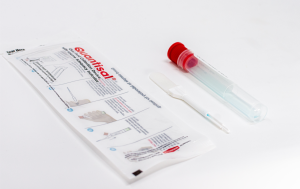
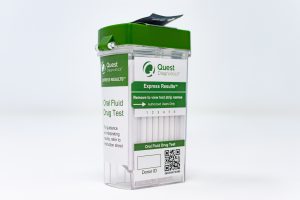

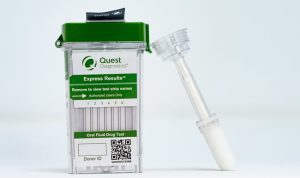


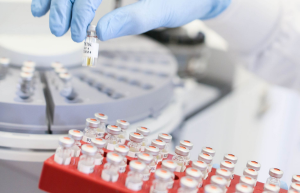

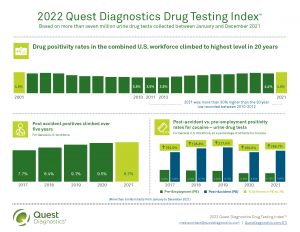










Industry expert, Dr. Barry Sample, Director of Science and Technology, Quest Diagnostics, is responsible for gathering, publishing and interpreting the trends for the Quest Diagnostics Drug Testing Index™ (DTI) data. The DTI is arguably the industry’s longest standing, most frequently relied upon resource for drug use patterns within the American workforce. In a recent webinar, Dr. Sample reviewed key findings by workforce type, testing reason, drug category and specimen type.
One of the most notable data points is the increase in annual positivity for the combined U.S. workforce, up 5.7% in 2013 as compared with 2012. “It may seem like a modest increase from an overall positivity rate of 3.5% to 3.7%, yet we view that as being significant because it’s the first time that we’ve seen an increase since 2003,” said Dr. Sample. The National Survey of Drug Use and Health (NSDUH) survey data further reinforces the findings with a higher percentage of people self-reporting past-month illicit drug use.
Below are some additional insights from the presentation:
Watch a recording of this webinar or other webinars presented by Quest Diagnostics..
For more information about drug testing, visit QuestDiagnostics.com/DTI.